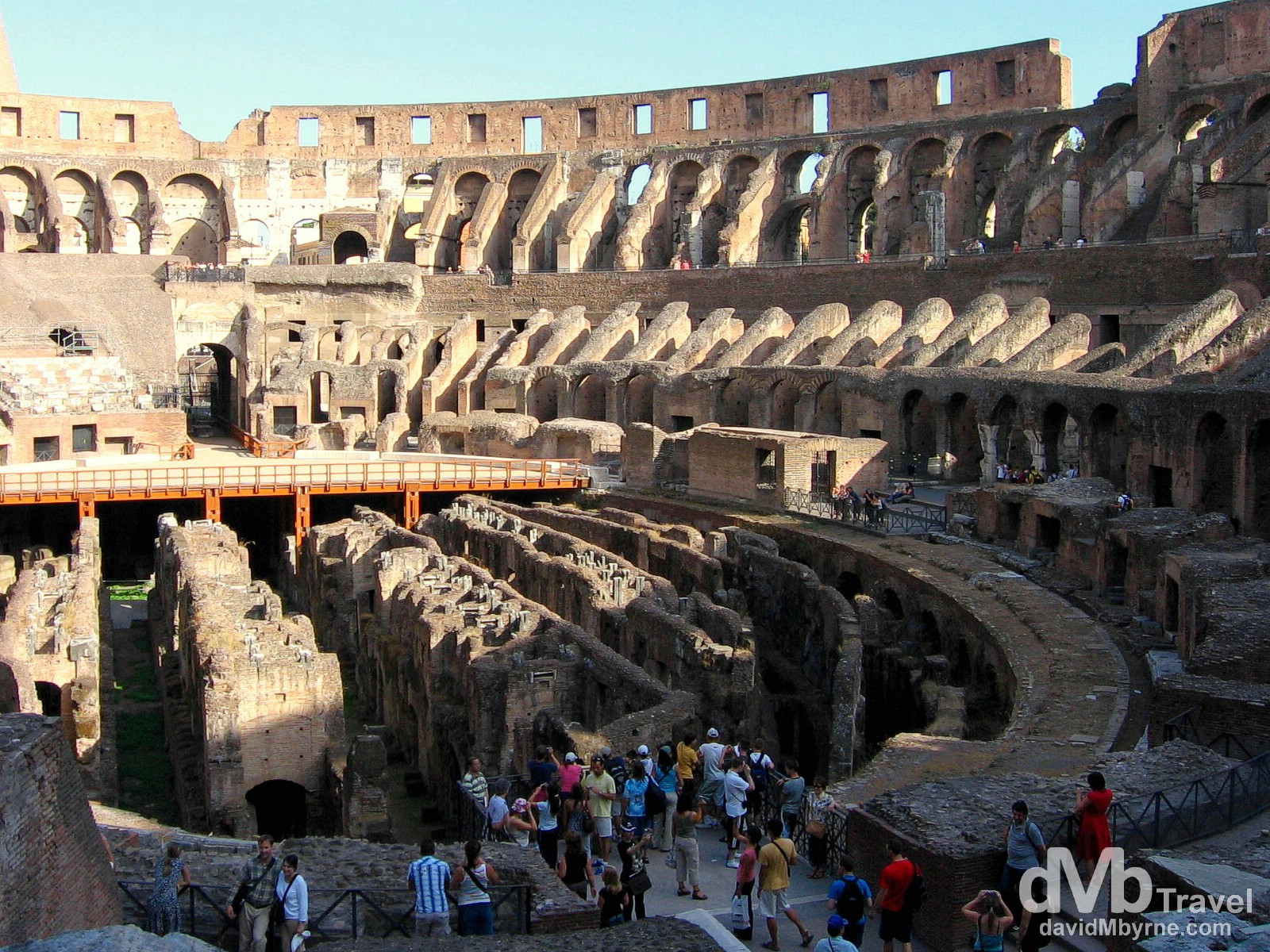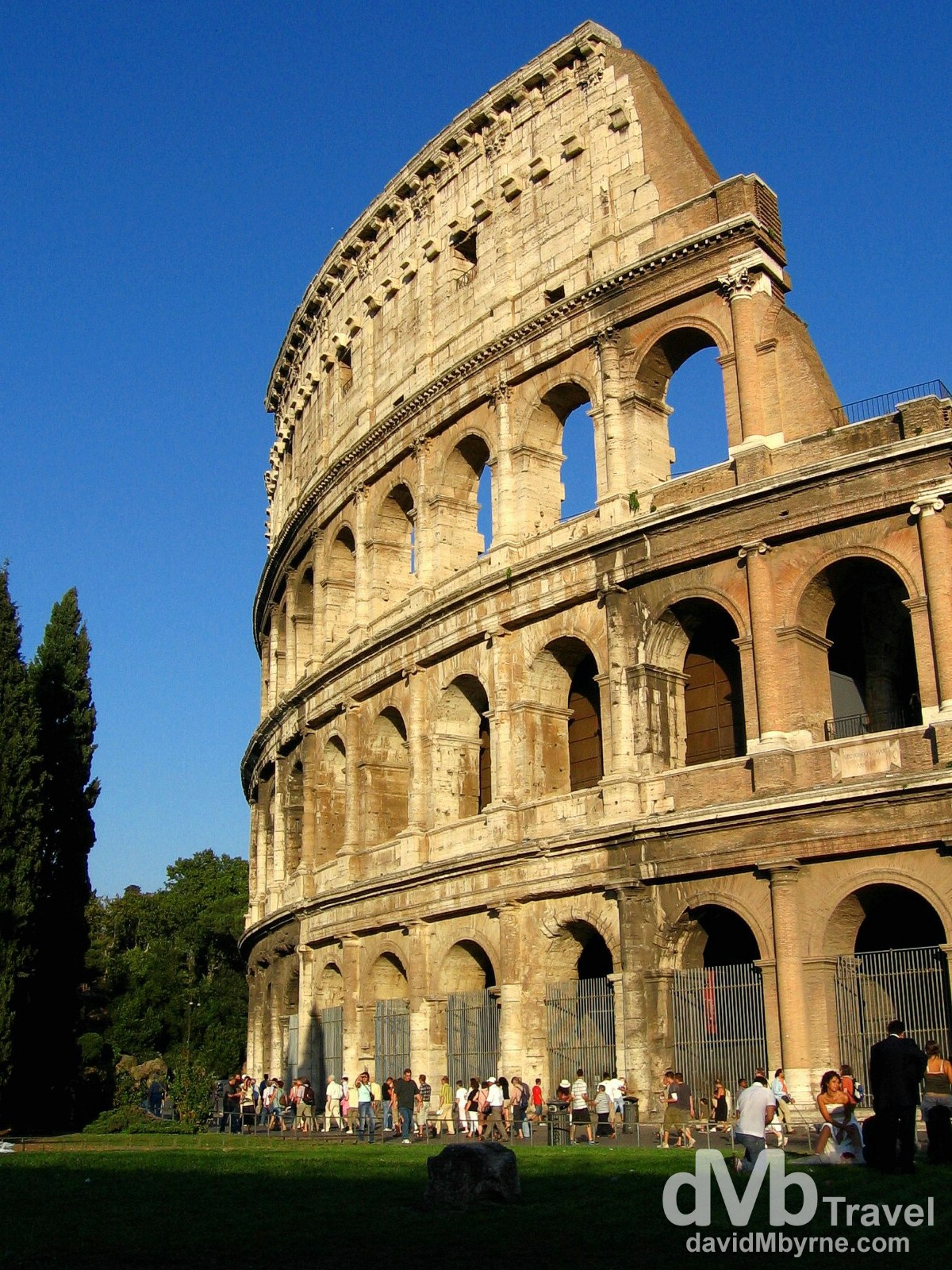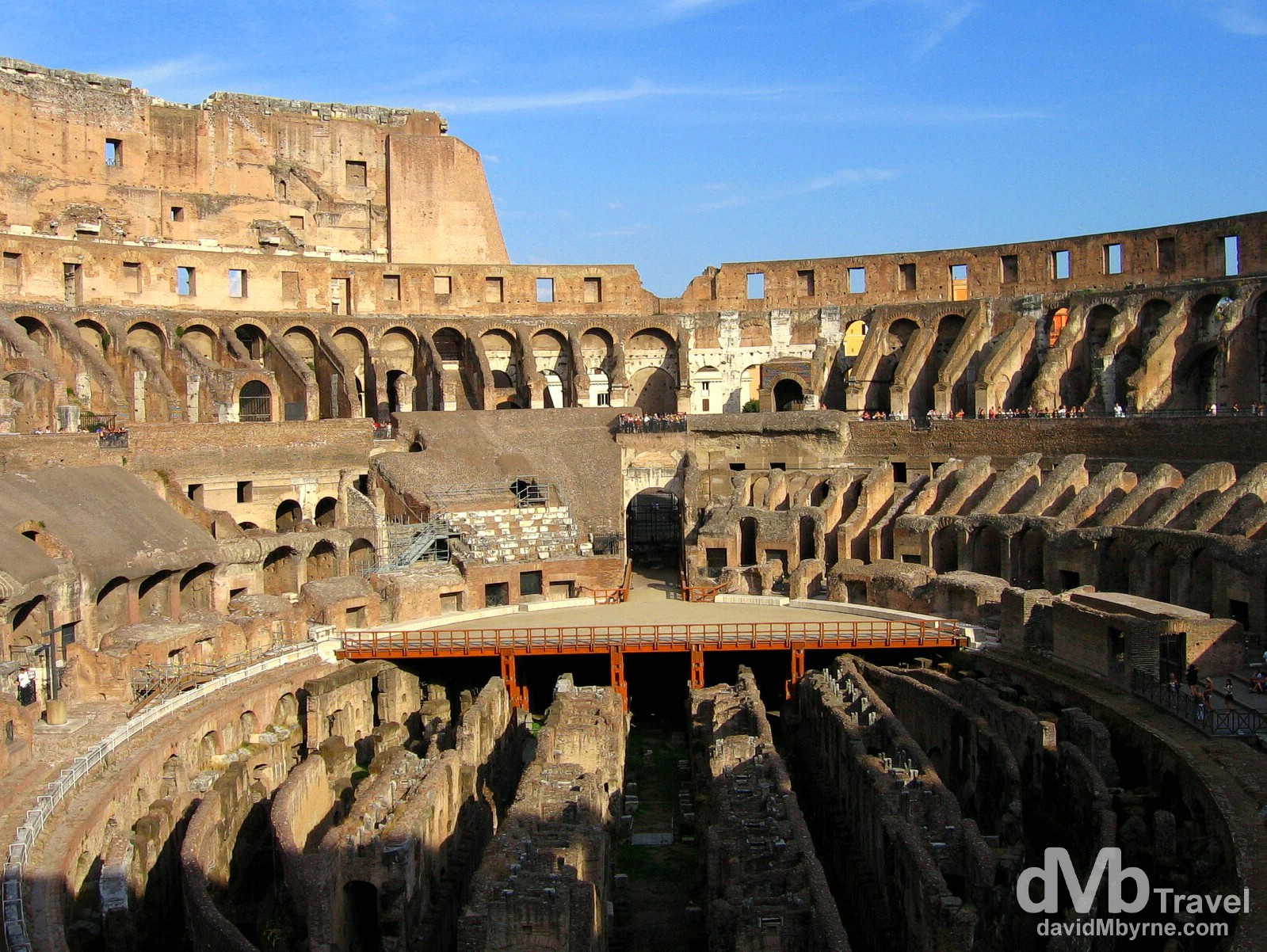There’s history, & then there’s the Italian capital of Rome. Founded, according to legend, by Romulus and Remus in 753 BC, this is where modern civilisation as we all know it was founded. Yep, right here. Rome was first the centre of the Roman Republic, then of the Roman Empire, and it became the capital of the Christian world in the 4th century. Today the city is one big open-air museum of the legacy left behind by the all-conquering Romans, the empire they built and the influence it had over the world’s politics, religion, architecture and transportation – long every street there seems to be a 2000+ year old wall, church, monument or pile of rubble. The old adage states that Rome wasn’t built in a day & suffice to say one needs a lot more than a day to take in all that’s on show. Doing so can be a somewhat head-scratching, bewildering experience, given the fact that the present-day UNESCO World Heritage-listed Historic Centre of Rome includes some of the major monuments of antiquity such as the Roman Forum, the Mausoleum of Augustus, the Mausoleum of Hadrian, the Pantheon, Trajan’s Column and the Column of Marcus Aurelius, not to mention the religious and public buildings of Papal Rome/Vatican City.

The interior of The Colosseum (![]() ), Rome. September 2nd 2007 || From a September 2007 visit to Rome, Italy
), Rome. September 2nd 2007 || From a September 2007 visit to Rome, Italy
The Colosseum is classed as an architectural marvel, one that despite the depredations of nearly 2000 years of earthquakes, fires, riots, wars and, not least, plundering for its seemingly inexhaustible supply of ready-cut travertine blocks, still stands relatively intact – a recognisable symbol not just of the city of Rome, but of the entire ancient world. It’s not much more than a shell now, eaten away by pollution and cracked by the vibrations of cars and the metro, but the basic structure is easy to see, and has served as a model for stadiums around the world ever since.
Originally known as the Flavian Amphitheatre (the name Colosseum is a much later invention), it was begun around 72 AD by the emperor Vespasian. Inside there was room for a total of around 60,000 people seated and 10,000 or so standing. The seating was allocated on a strict basis, with the Emperor and his attendants naturally occupying the best seats in the house, and the social class of the spectators diminishing as you got nearer the top. There was a labyrinth below that was covered with a wooden floor and punctuated at various places for trap doors that could be opened as required, and lifts to raise and lower the animals that were to take part in the games. The floor was covered with canvas to make it waterproof and the canvas was covered with several centimetres of sand to absorb blood.
– UNESCO commenting on Historic Centre of Rome

Walking by a section of the external facade of the Colosseum in Rome, Italy. September 1st, 2007 || From a September 2007 visit to Rome, Italy
______________________________________________________________________

